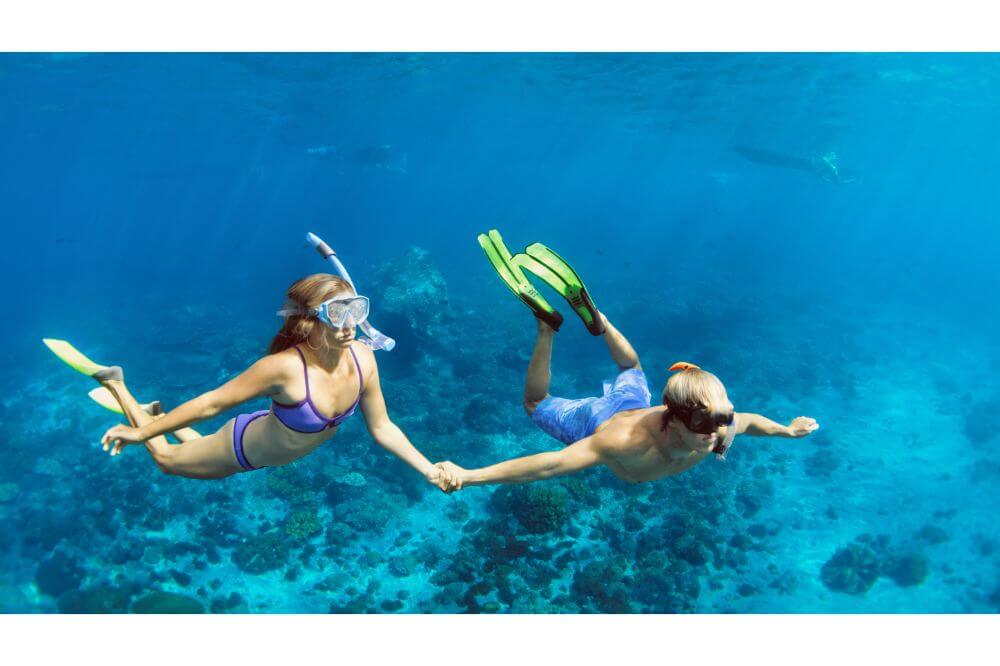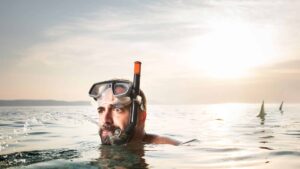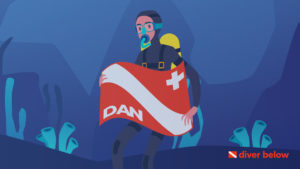If you’re planning a scuba diving trip, consider Bali, one of the world’s best locations to dive.
Bali is a relatively small island located in the Indonesian archipelago.
In addition, this is one of the only places in Indonesia where the population is primarily Hindu; the rest of the country is Muslim.
One reason diving in Bali is so popular is that you can find accommodations no matter what your budget is, not to mention the rice paddies, volcanoes, and more.
When it comes down to it, Bali is considered the number one diving destination in Indonesia and one of the top ten worldwide.
Another reason diving in Bali is so popular is the diverse array of marine life seen in these warm and pristine waters.
So let’s go over some of the most essential information by reading our Bali scuba diving guide.
Contents
Marine Life You Can Expect to See
As mentioned above, many people love to scuba dive in Bali because of the diverse array of sea creatures that can be seen here.
For those looking for hammerhead sharks or great white sharks, this is not the place to be. However, for everything else, Bali is fantastic.
One of the most popular sea creatures you will see here is the massive manta rays, one of the main attractions for scuba divers worldwide.
However, you can also expect to see other creatures, including giant tuna, reef sharks, jacks, great barracuda, wobbegong, trevally, cuttlefish, seahorses, octopus, frogfish, ghost pipefish, mola molas, eels, shrimp, many species of schooling fish, and more.
Diving Conditions
Another reason diving in Bali is popular is because the water temperature is generally quite warm.
You can expect the water to be around 80 degrees Fahrenheit or about 27 degrees Celsius throughout the year, which is quite warm.
That said, a 3-millimeter wet suit is recommended for the best experience.
Some areas, such as around Nusa Penida, can be as cool as 70 degrees Fahrenheit or 21 degrees Celsius.
In addition, you can expect a range of visibility anywhere from 30 to 70 feet or around 9 to 21 meters, sometimes more, depending on where you go.
For the most part, the diving depth will range from 10 to 40 meters. 
Best Times to Dive
If you expect to have the best experience, you need to know the best time to dive in Bali.
The cool thing about Bali is that diving conditions are pretty decent all year round.
However, one time of year to avoid is between December and February, as this is the rainy season.
Also, in the middle of summer, beaches and diving locations will be packed with tourists, so this is not an ideal time either.
The best times to dive in Bali are between September and November and between March and June.
That said, if you would like to see sunfish (mola mola), the best times are between August and September, but be aware that the beaches will be packed during this time.
March, April, May, October, and November are the best time to scuba dive in Bali because there are the least tourists.
How to Dive Trip in Bali
Most people would agree that the best way to dive in Bali is on a dive safari, which means that you stay in two or three hotels to dive in different areas.
We recommend this because there are dozens of places in Bali that you can dive, and all of the locations are relatively close together.
Most dive resorts offer day trips to the majority of Bali’s diving sites.
Bali is very tourist-oriented, which means that there are always cheap travel accommodations available.
You can also consider doing a live-aboard trip, which will allow you to scuba dive in Bali, as well as in other destinations such as Komodo.
Best Diving Spots and Sites on Bali
There are many diving spots and sites on Bali to check out, so let’s provide you with a list of the best ones right now.
Best Spots
- Nusa Penida
- Gili Islands
- Padang Bai
- Secret Bay
- Menjangan Island
- Tulamben
Best Sites
- Liberty Wreck
- Seraya Secrets
- The Drop Off
- Manta Point
- Temple Garden
- Crystal Bay
- Blue Lagoon
Conclusion
These are the basics you need to know about scuba diving in Bali.
So, book your flights and accommodations, gear up, dive in, and feast your eyes on the amazingly diverse and colorful marine life.




